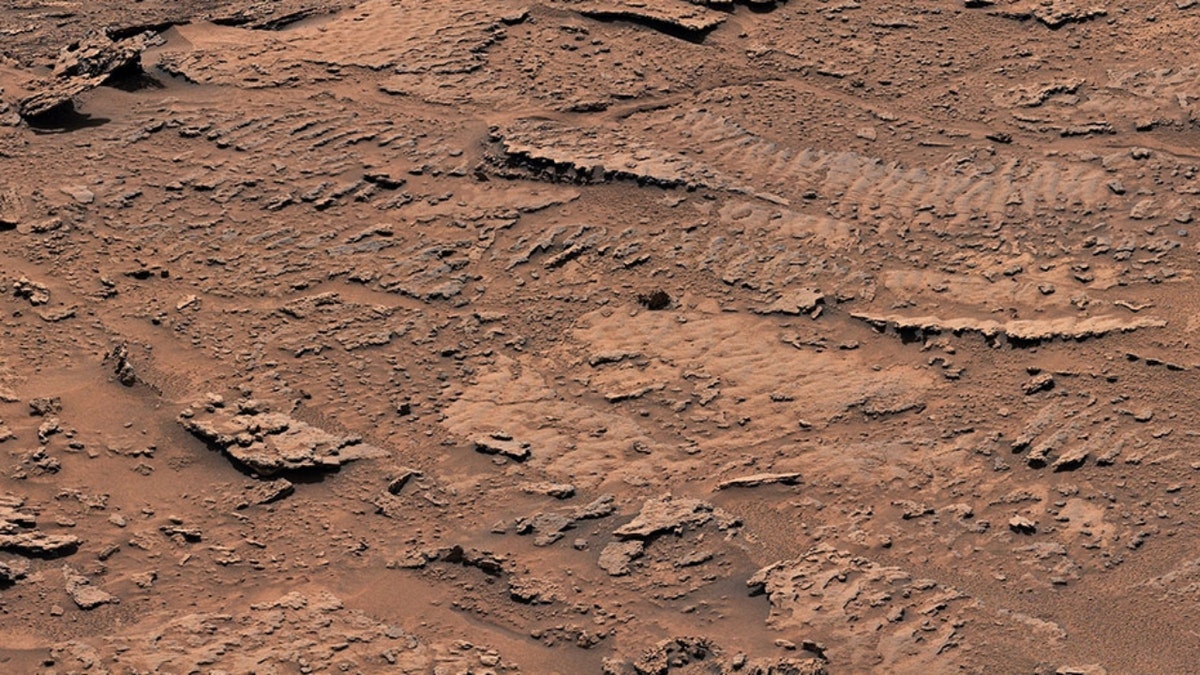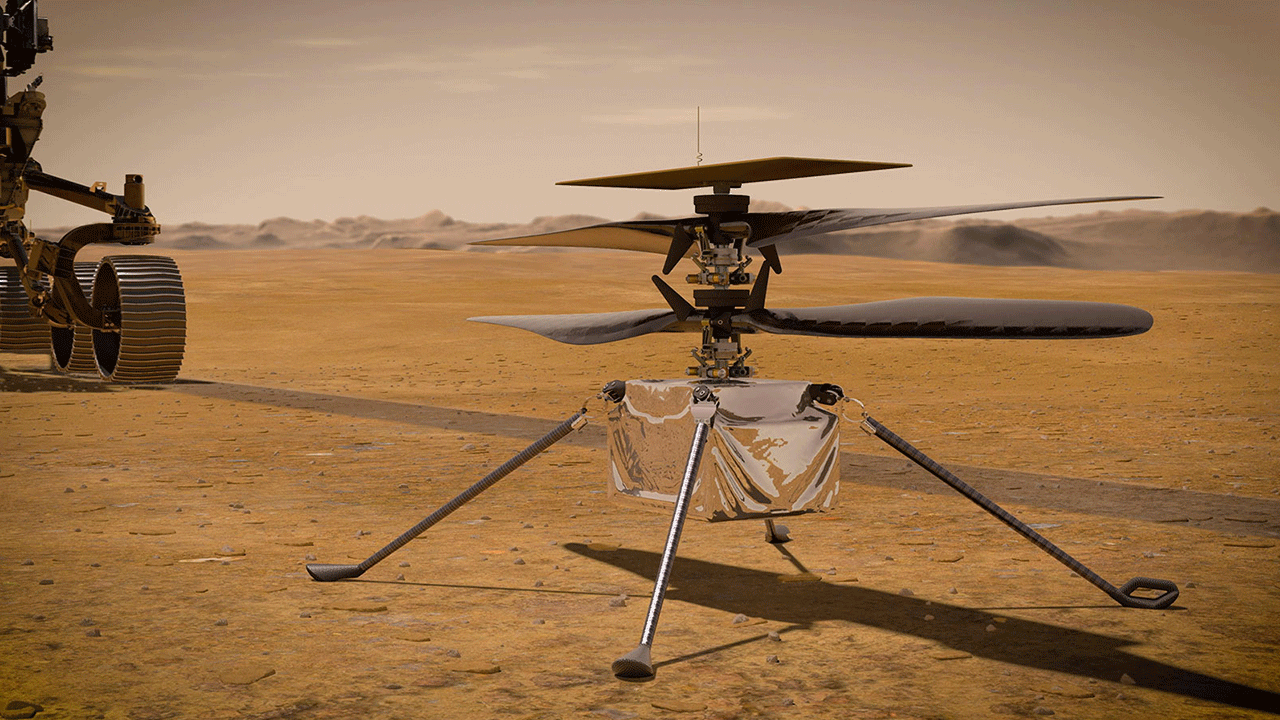NASA rover on Mars captures dust devil
The Mars rover Perseverance captured a dust devil moving across the rim of a crater. (NASA)
NASA is regularly announcing new discoveries and findings. Its research is consistent, and is conducted in space aboard the International Space Station and right here on Earth.
Some of NASA’s biggest achievements to date include the launch of the Hubble Space Telescope that has made more than a million observations; the Curiosity and Perseverance rovers on Mars; and the Apollo missions that sent the first astronauts to the moon.
The findings of NASA are abundant. Here are just a few of NASA’s big discoveries from the past year.

Some of NASA's 2023 findings include discoveries on Mars. (NASA/JPL-Caltech/MSSS)
2023 SPACE STORIES: A REVIEW OF THE GIANT LEAPS MANKIND MADE IN THE PAST YEAR
- Bennu asteroid sample touches down on Earth
- NASA’s Perseverance rover captures dust devil
- A potential habitable ‘super Earth’ is located 137 light-years away
1. Bennu asteroid sample touches down on Earth
One of NASA’s recent findings was the Bennu asteroid sample. The sample was the result of a seven-year mission and was delivered to Earth via the OSIRIS-REx spacecraft on Sept. 24, 2023, in the Utah desert.
This sample is part of a 4.5-billion-year-old asteroid, according to NASA.
"The OSIRIS-REx sample is the biggest carbon-rich asteroid sample ever delivered to Earth and will help scientists investigate the origins of life on our own planet for generations to come," said NASA Administrator Bill Nelson, per the organization’s website. "Almost everything we do at NASA seeks to answer questions about who we are and where we come from. NASA missions like OSIRIS-REx will improve our understanding of asteroids that could threaten Earth while giving us a glimpse into what lies beyond. The sample has made it back to Earth, but there is still so much science to come – science like we’ve never seen before."
This sample is still being studied by scientists today.
NASA HEADQUARTERS RELEASES ITS BEST PHOTOS FROM 2023: SEE THE STUNNING PICTURES

The sample return capsule from NASA’s OSIRIS-REx mission is seen shortly after touching down in the desert on Sept. 24, 2023. (NASA/Keegan Barber)
2. NASA’s Perseverance rover captures dust devil
In August 2023, there was a dust devil captured by the Perseverance rover on Mars.
The dust devil was located moving across the western rim of Mars’ Jezero Crater, according to Space.com.
"We don’t see the top of the dust devil, but the shadow it throws gives us a good indication of its height," said Mark Lemmon, a planetary scientist at the Space Science Institute in Boulder, Colorado, and a member of the Perseverance science team, per NASA. "Most are vertical columns. If this dust devil were configured that way, its shadow would indicate it is about 1.2 miles (2 kilometers) in height."

NASA's Perseverance rover captured a dust devil on Mars last year. (NASA via Getty Images)
Why are discoveries like these important? Scientists study them to gain a better understanding of the Martian atmosphere and to improve their weather models, according to NASA.
CLICK HERE TO GET THE FOX NEWS APP
3. A potential habitable ‘super Earth’ is located 137 light-years away
On Jan. 31, 2024, it was announced that a potentially habitable "super Earth" was located 137 light-years away.
The planet, named TOI-715b, is fairly close to us in an astronomical sense. It is slightly larger than Earth, measuring about 1 ½ times as wide.
The planet orbits a small, reddish star within the "conservative habitable zone," the distance from the star that would provide the planet with a suitable temperature for the formation of liquid water on its surface, according to NASA.





















